Pollino Park, what to see: 10 stops among villages, art and nature
The Pollino Park is a place where art, traditions and nature combine to perfection going to enhance the beauty of a truly unique territory. The Pollino Park straddles Basilicata and Calabria and ranges from the Tyrrhenian Sea to the Ionian Sea in a succession of beautiful landscapes among mountains exceeding two thousand meters, pristine forests, deep gorges and high pastures. However, the Pollino is also a place rich in history and authentic architectural gems with its many villages and towns that still keep alive the traces of a past in which the relationship with the surrounding environment has always been at the center of daily life. The Pollino Park is today a destination still outside the circuit of mass tourism, but nevertheless much sought after by anyone who wants to enjoy a different kind of vacation: under the banner of the outdoors, no doubt, but also capable of giving strong emotions in the discovery of places still intact where time seems to have stopped. Here are ten stops not to be missed on your trip to the Pollino Park.
1. Pollino National Park
Nearly 200 thousand hectares of unspoiled nature straddling two regions and included between two seas. This and much more is the Pollino National Park, now considered the largest protected area in Italy. The entire Pollino area is formed by the Pollino and Orsomarso Massifs, the mountain range that is part of the southern Apennines bordering Basilicata and Calabria and boasts the highest peaks in mainland southern Italy. However, the Pollino National Park is also a land of water since there are numerous rivers that flow through it and that with their incessant action have profoundly marked its landscape by going on to draw deep gorges and wide valleys that not only offer visitors breathtaking views, but have become important centers for sports activities such as rafting. An excellence of the Pollina National Park, then, is that of its medicinal herbs, which, amid the lush nature of these areas and thanks to an ecological system that is still unchanged, can thrive here

2. The Cave of the Nymphs
In Cerchiara, a town in the province of Cosenza overlooking the plain of Sibari, there is a spectacle of nature known and appreciated since ancient times: the Cave of the Nymphs. According to legend, this mystical place was even home to the thalamus of Calypso, the Nereid daughter of Atlas who fell in love with Ulysses. Seeing the spectacle of the Cave of the Nymphs, on the other hand, it is not difficult to understand why this is a place that has always been at the center of myths and legends; it is a kind of very narrow canyon that bisects a large rocky outcrop inside which the sun’s rays struggle to filter through. A stream flows here, creating a pool of hot water in the center of the cave where mud with important therapeutic properties is formed. Diving into the waters of the Cave of the Nymphs, surrounded by the high limestone walls, is a truly unique experience, as well as extremely relaxing, but not always possible for safety reasons. However, in the village of Cerchiara there is a large swimming pool, this one for a fee unlike the cave, which can be accessed for free.
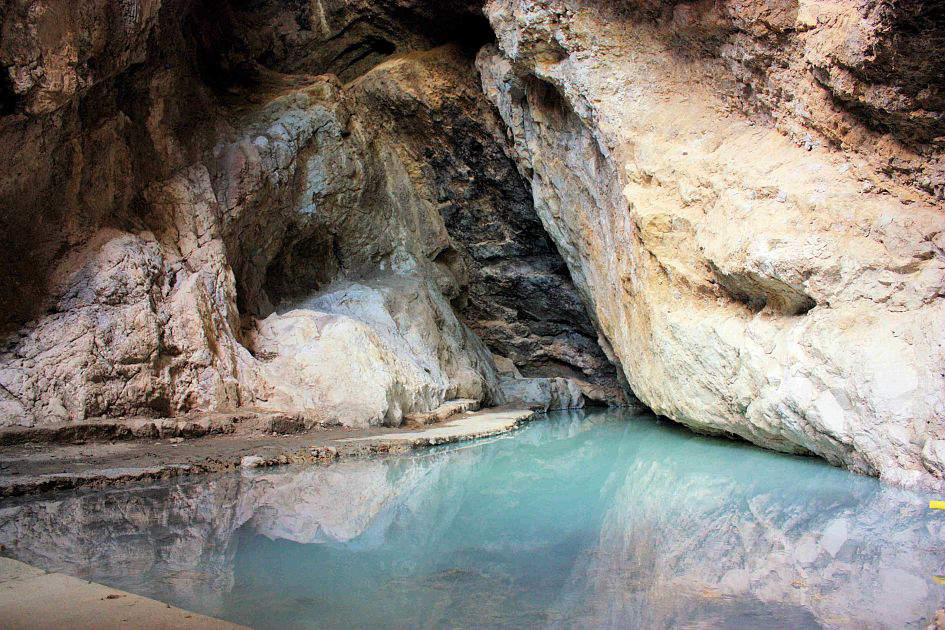
3. San Severino Lucano
San Severino Lucano, in the province of Potenza, represents the northern gateway to the Pollino massif, but it is above all a picturesque village that lies between the Tyrrhenian and Ionian seas. San Severino Lucano is a town of water, mountains that exceed two thousand meters, and a still unspoiled nature that embraces it lushly. A visit to San Severino will therefore be mainly dedicated to hiking and discovering an area of incredible beauty and which can be admired from a privileged position from the splendid sanctuary of the Madonna del Pollino, an 18th-century religious structure perched like an eagle’s nest at 1527 meters above sea level and from which there is an extraordinary view of the Serra del Prete, the Serra di Viggianello, the Impiso hill and the Grattacielo hill. Excursions to do, on foot, by bike or on horseback, then certainly not lacking around San Severino Lucano, not to be missed in this case are the many paths that lead northward into the beautiful Magnano Forest, but also to the discovery of the wild Frido Gorge.
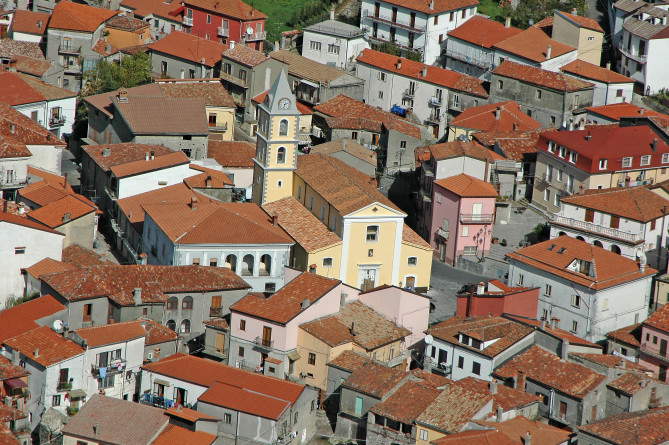
4. Viggianello
A little more than 500 meters above sea level, in the heart of the Pollino National Park lies Viggianello, an ancient Roman outpost in the lands of the Lucanians that, century after century, has been transformed hand in hand with the land that surrounds it. Even today Viggianello is a village with a strong Byzantine and Norman imprint. Byzantine were the monks who dotted the territory with monastic cells with a communal church that are still clearly visible at the foot of the historic center, while Norman is the origin of the present settlement in the hills. This long and rich history has left a very rich architecture with churches and noble palaces that preserve important works of art inside. Undoubtedly not to be missed is the 15th-century chapel of St. Sebastian, of Byzantine origin like several other chapels scattered throughout the countryside, or the mother church dedicated to St. Catherine of Alexandria. As for works of art, of note is Madonna and Child in white marble by Pietro Bernini, the father of Gian Lorenzo, kept in the convent of Sant’Antonio in ’Pantana.
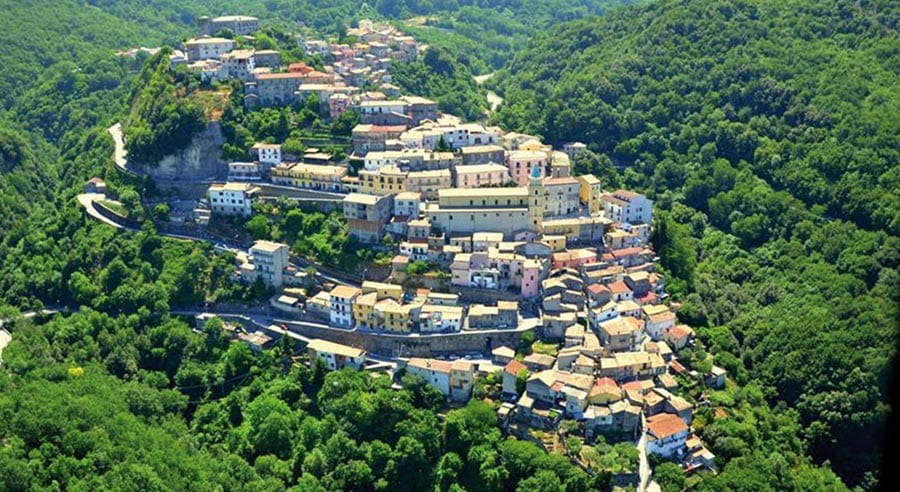
5. Papasidero
This ancient medieval village perched at the foot of the Ciagola mote, in the Upper Tyrrhenian region of Cosenza, has long been a must for all lovers of the outdoors and, in particular, rafting. Every year, many enthusiasts come to Papasidero to launch themselves into the currents of the Lao River either aboard rafts, but also to try their hand at kayaking, canyoning or water trekking. If Papasidero, on the other hand, is the force of nature’s power, important traces of settlements dating as far back as the Paleolithic period are also preserved here. Everything in this case revolves around the archaeological site of the Romito caves and its extraordinary findings. Of great fascination in Papasidero, however, are also the many religious buildings starting with the splendid sanctuary of the Madonna of Constantinople, built starting in 1600 below a large cliff located on the Lao River. A truly unique location that can be accessed thanks to a paved stepped path and by crossing an evocative arched bridge over the Lao.
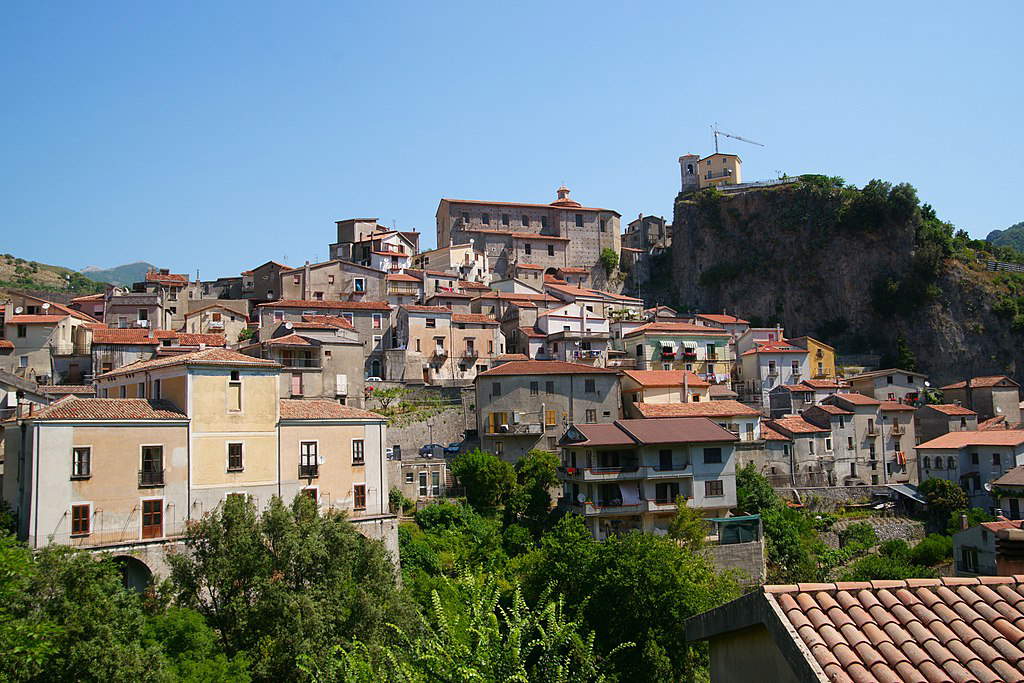
6. Romito Caves
A window into prehistory in the heart of Pollino Park. Papasidero is home to the wonderful Grotta del Romito, which, together with the Riparo del Romito, constitute one of the most important deposits in southern Italy dating from the late Pleistocene. Within a narrow canyon not far from the Lao River are preserved important traces of the presence of homo sapiens from the end of the Paleolithic, but also in the Mesolithic and Neolithic periods. Today the cave and the shelter are separated by a wall made when the cave was used as a dormitory, but in prehistoric times the two rooms were a single, large dwelling, and signs of this long habitation are still clearly visible among lithic and bone tools, graffiti and skeletons. The masterpiece of Romito Cave is undoubtedly the large figure of a bull, about 1.20 meters long, engraved on a boulder about 2.30 meters long and tilted 45 degrees. A drawing, of perfect proportions and executed with sure strokes. In the cave it is also possible to observe, at the site of their discovery, reproductions of burials dated approximately 9,200 years before the birth of Christ.
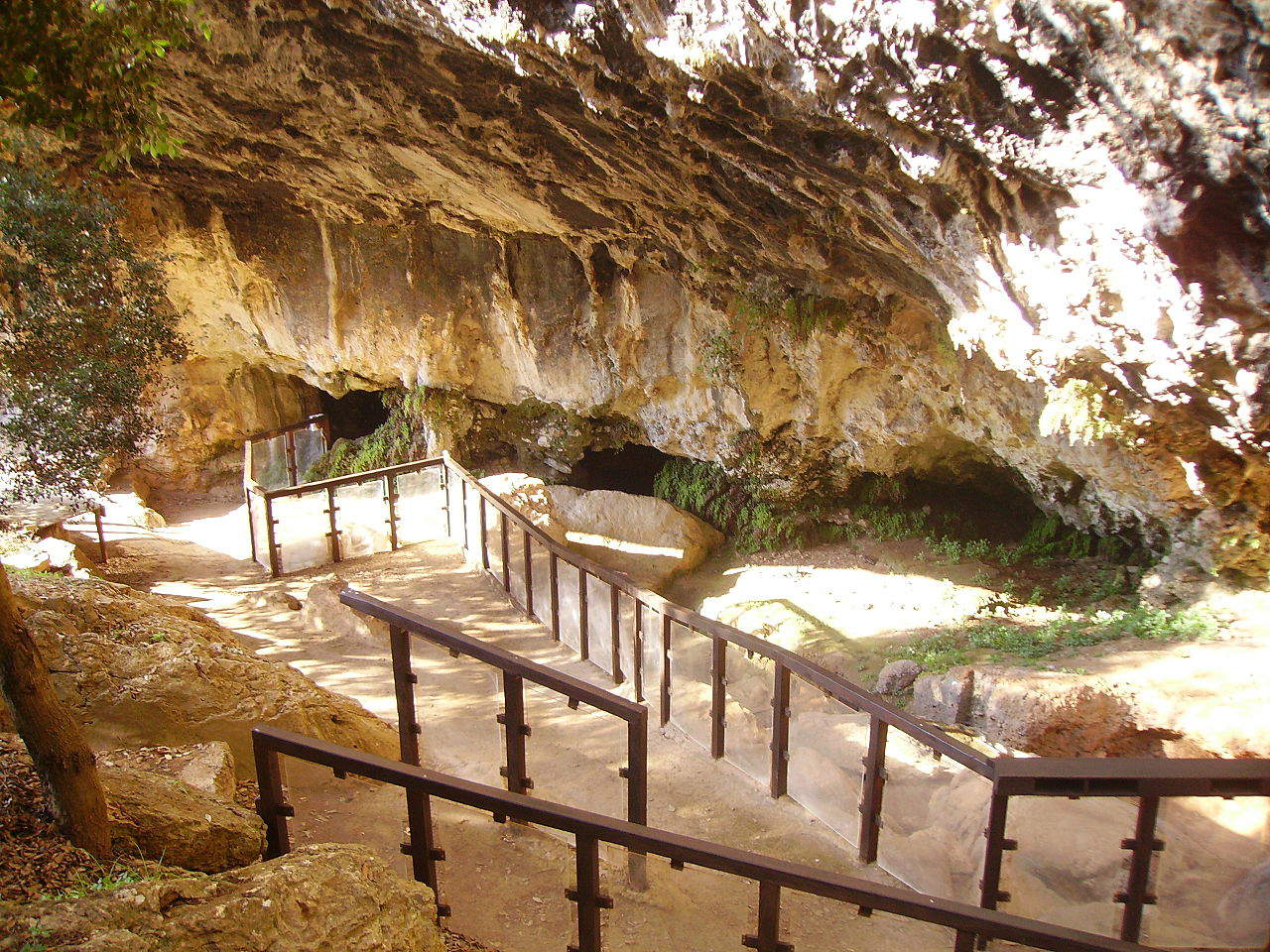
7. Morano Calabro
The closer you get to Morano Calabro, the closer you get to a nativity scene wonderfully chiseled by the skilled hands of a master craftsman. Morano Calabro is perched on the top of a hill with the castle and church towering above the rows of houses that gently slope down into the valley. Finally, in the background, framing this dreamy panorama are the peaks of the Pollino mountains, Serra Dolcedorme and Serra del Prete, which all exceed two thousand meters. Morano Calabro is a village with a thousand-year history that, century after century, has always managed to keep its traditions and way of life intact. Today Morano Calabro is certainly an impressive stop on your journey of discovery through the Pollino Park. In Morano Calabro it is not only nice to get lost in the alleys and narrow streets that climb and descend steeply along the hillsides, but it is also nice to discover the many works of art that are preserved here. If, on the other hand, the views of Morano Calabro enraptured the imagination even of a 20th-century genius like Maurits Escher, who left a legacy of a splendid mirror representation of the village, the village also preserves authentic masterpieces signed, for example, by Bartolomeo Vivarini and Pietro Bernini, father of Gian Lorenzo.
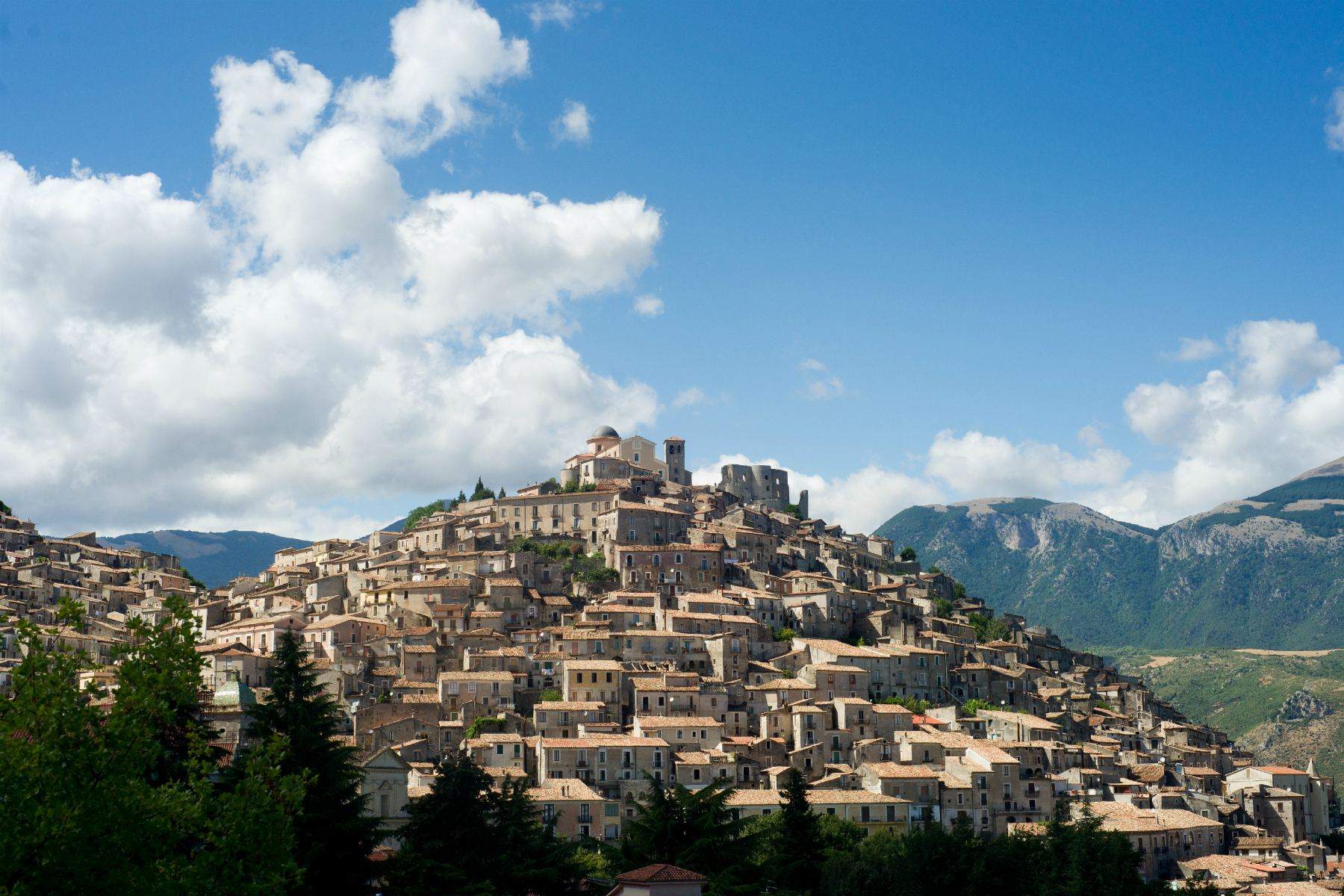
8. The shrine of the Madonna of Constantinople.
Leaning, almost wedged, between the mountainside and the banks of the Lao River, the shrine of the Madonna of Constantinople is a place endowed with a mystical charm to which one cannot remain indifferent. Here century after century, the history of these places has passed, and its traces are still clearly visible not only in the architecture of the buildings that make up the sanctuary or in the works of art that are preserved there, but also in the devotion that the inhabitants bring to the Sanctuary of Our Lady of Constantinople. To reach the church, which is located a few hundred meters from the center of Papasidero, one must cross a bridge dating from the early 20th century, but under whose span the medieval one known as the Rognosa is still clearly visible. It is precisely this ancient name that has led historians to hypothesize the presence in the area where the shrine now stands of a small late medieval church, the layout of which is reproduced in the fresco of the Virgin of the same name kept in the chapel of Santa Sofia, where a single-nave building with a ribbed bell tower appears, which during the epidemic of 1656 was used as a lazaret. After that calamity the Virgin of Constantinople was elected city patron saint, and so the shrine was expanded.
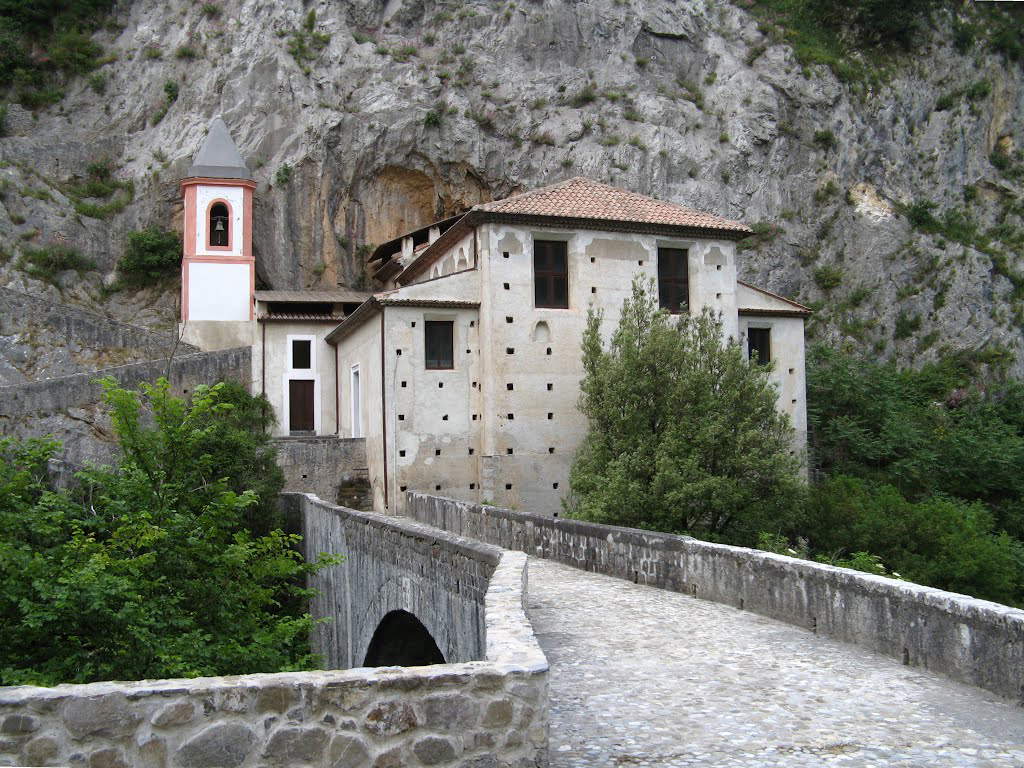
9. The Arbëresh Ethnic Museum of Civita.
In the former town hall of Civita is a very special museum that allows its visitors to learn in depth about the history and traditions of the Albanians of Italy, the Arbeshe. These are people who settled throughout southern Italy, but particularly in Calabria, between the 15th and 17th centuries and have preserved their culture, language and traditions ever since. Dedicated to this community and its long and rich history for more than 30 years in Civita is the Arbëresh Ethnic Museum inside which are collected various testimonies about the local peasant civilization and in particular of the community of Albanian tradition. The museum is spread over two floors and consists of four rooms: reception room, loom room, totem pole room, and costume room. Strolling through the museum, one can take a close look at traditional Albanian costumes, as well as a photographic exhibition and testimonies on the ethnic Arbëresh countries in Italy, an iconographic collection on Byzantine rituals, and a library of Albanian texts. Very nice, finally, are an icon of Our Lady of Odigitria and a storyteller’s notes on the History of Skanderbeg.
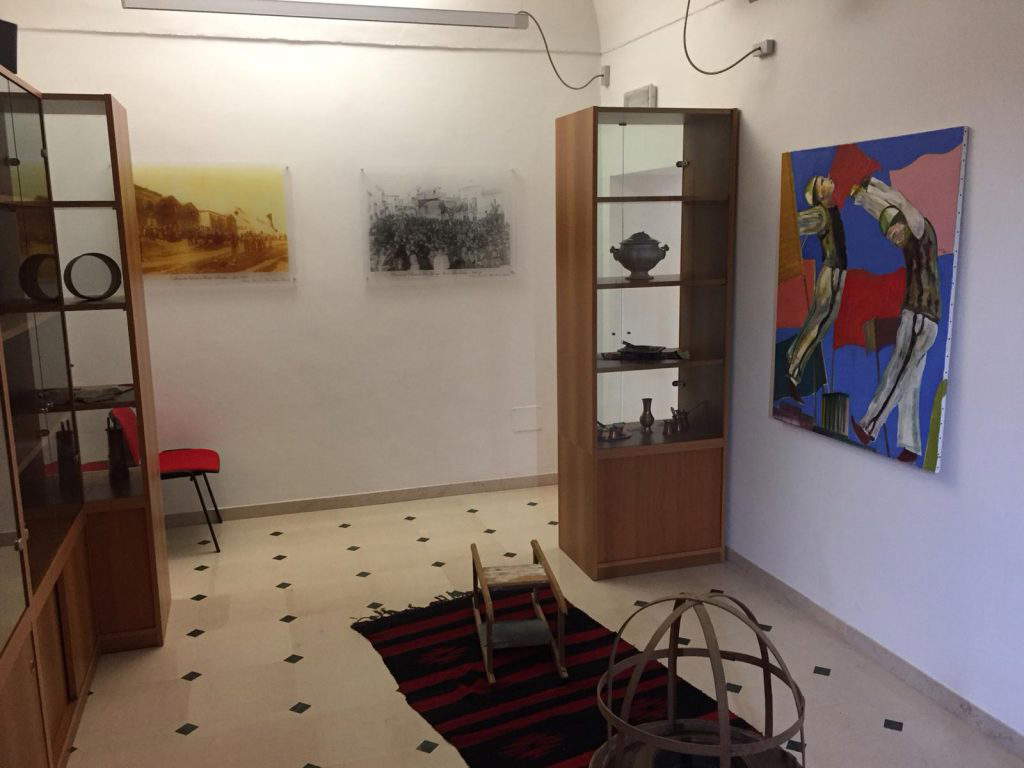
10. The Castle of Valsinni
Art and literature, history and legend-all these and more contribute to the charm of Valsinni Castle. Around this imposing building develops the whole historical part of the village of Valsinni, a real jewel where among ancient buildings leaning against each other stands out the beautiful Mother Church dedicated to Santa Maria Assunta. The particular conformation of this place, moreover, has produced an architectural peculiarity: the gafi, covered openings that pass under the houses to get around the differences in height. What makes Valsinni famous, however, is above all its castle, to which even Benedetto Croce dedicated a poetic canticle to Isabella Morra, a 16th-century poetess who, reclined in the rooms of the castle carried on carried on a platonic love affair with the Spanish knight Diego Sandoval until her brothers, having learned of these murmurs, had not accepted the bond that united the two poets and for reasons of “honor” as well as political implemented a bloody revenge. A baleful story that in 1928, as mentioned, inspired Benedetto Croce, but to which also Dacia Maraini dedicated a play and which the village of Valsinni remembers every year with many dedicated events.
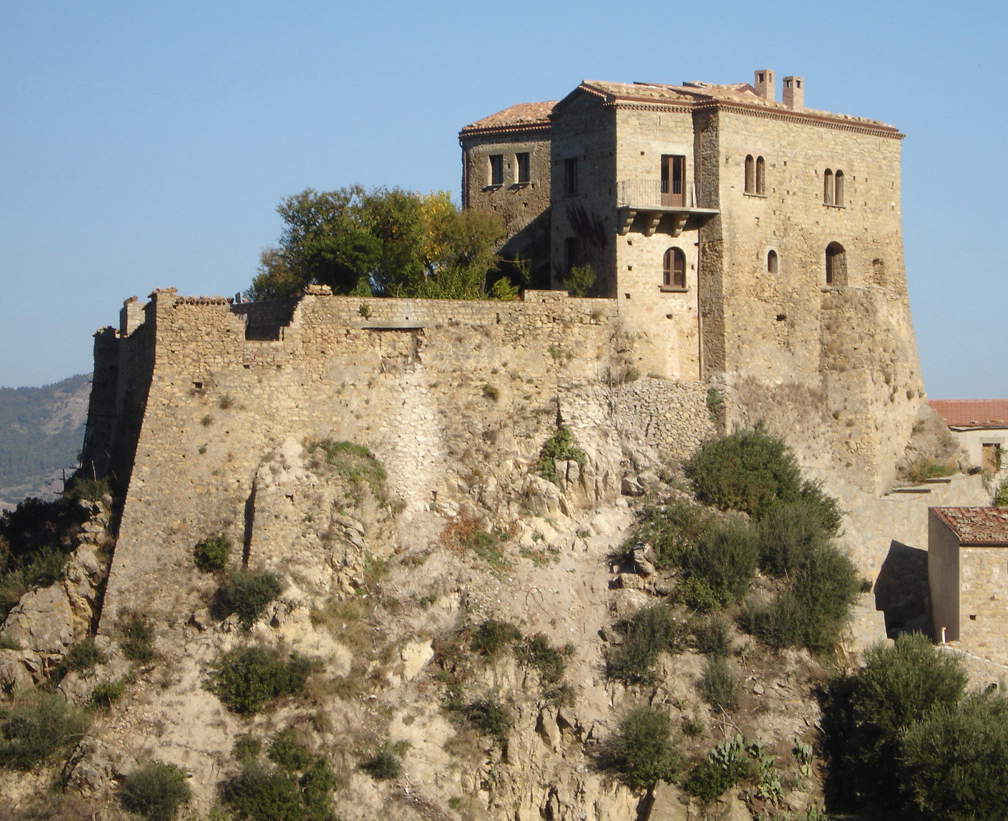
 |
| Pollino Park, what to see: 10 stops among villages, art and nature |
Warning: the translation into English of the original Italian article was created using automatic tools. We undertake to review all articles, but we do not guarantee the total absence of inaccuracies in the translation due to the program. You can find the original by clicking on the ITA button. If you find any mistake,please contact us.



























